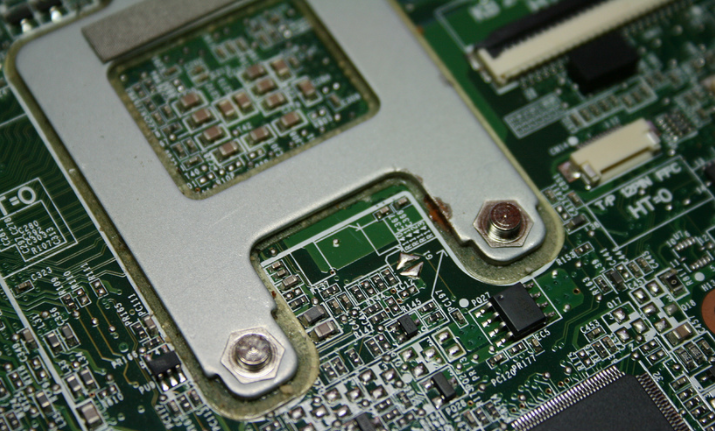SMT is surface mount technology (Surface Mounted Technology) (abbreviation of Surface Mounted Technology), which is currently the most popular technology and process in the electronics assembly industry. SMT patch refers to the abbreviation of a series of technological processes that are processed on the basis of PCB. PCB (PrintedCircuitBoard) means printed circuit board. SMT patch refers to the abbreviation of a series of technological processes that are processed on the basis of PCB. PCB (PrintedCircuitBoard) means printed circuit board. SMT is surface mount technology (Surface Mounted Technology) (abbreviation of Surface Mounted Technology), which is currently the most popular technology and process in the electronics assembly industry. Electronic circuit surface mount technology (SurfaceMountTechnology, SMT), called surface mount or surface mount technology. It is a kind of surface assembly components without leads or short leads (SMC/SMD for short, chip components in Chinese) mounted on the surface of a printed circuit board (PrintedCircuitBoard, PCB) or the surface of other substrates, through reflow Circuit assembly technology in which methods such as soldering or dip soldering are welded and assembled.
Under normal circumstances, the electronic products we use are designed by PCB plus various capacitors, resistors and other electronic components according to the designed circuit diagram, so all kinds of electrical appliances need a variety of smt chip processing techniques to process.

SMT basic process components: Solder paste printing-->Part placement-->Reflow soldering-->AOI optical inspection-->Maintenance-->Sub-board.
Some people may ask why it is so complicated to connect an electronic component? This is actually closely related to the development of our electronic industry. Nowadays, electronic products are pursuing miniaturization, and the perforated plug-in components used in the past Can't zoom out anymore. Electronic products have more complete functions. The integrated circuits (ICs) used have no perforated components, especially large-scale, highly integrated ICs, which have to use surface mount components. With mass production and automation of production, the factory must produce high-quality products at low cost and high output to meet customer needs and strengthen market competitiveness. The development of electronic components, the development of integrated circuits (IC), and the diversified application of semiconductor materials. The revolution of electronic technology is imperative and chasing the international trend. It is conceivable that in the case of intel, amd and other international cpu and image processing device manufacturers' production processes are refined to more than 20 nanometers, the development of smt, such as surface assembly technology and process, is also a situation that cannot be ignored. The advantages of smt chip processing: high assembly density, small size and light weight of electronic products. The volume and weight of chip components are only about 1/10 of that of traditional plug-in components. Generally, after SMT is adopted, the volume of electronic products is reduced by 40%~60 %, the weight is reduced by 60%~80%. High reliability and strong anti-vibration ability. SMT solder joint defect rate is low. Good high frequency characteristics. Reduce electromagnetic and radio frequency interference. It is easy to realize automation and improve production efficiency. Reduce costs by 30%~50%. Save materials, energy, equipment, manpower, time, etc.